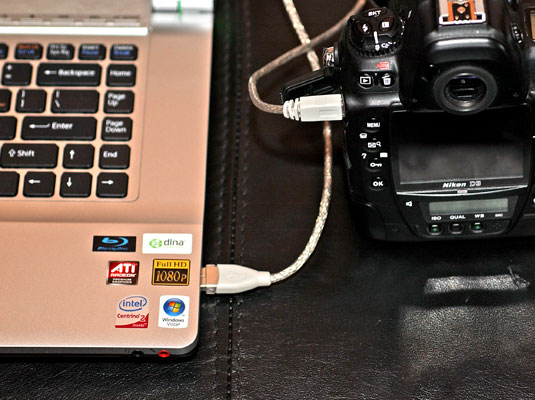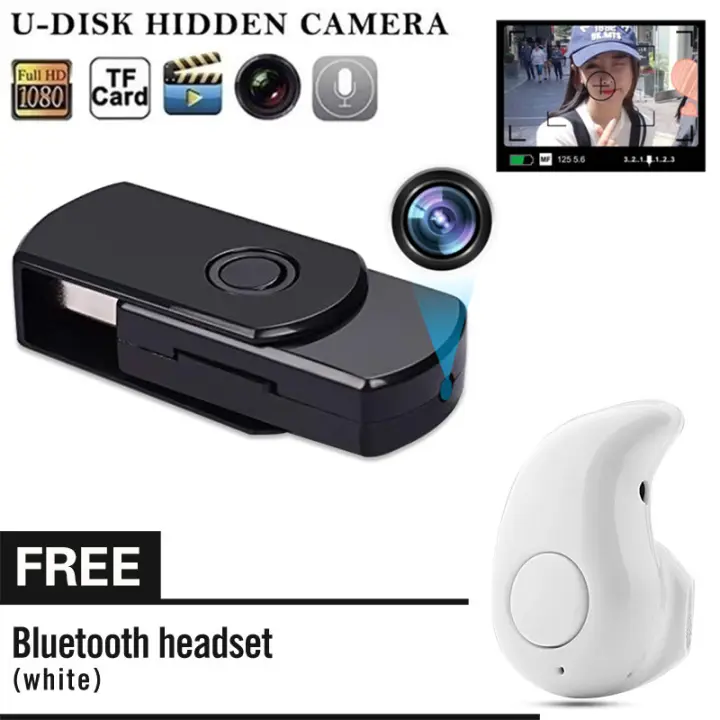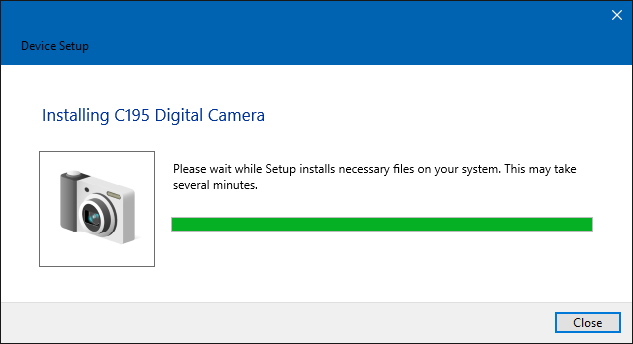Windows comes with drivers for many devices, such as printers, displays, keyboards, and TVs. A driver is software that a device uses to work with your PC. Every device needs a driver to work with your PC. So, in many cases, you can plug in a device, and it’ll work automatically.
Windows can also download device software and info. This might include an app that the device manufacturer created to go with your device or info like the product name, manufacturer, and model number, to help you distinguish between similar devices.
Download the latest drivers, firmware, and software for your HP USB Web Camera.This is HP’s official website that will help automatically detect and download the correct drivers free of cost for your HP Computing and Printing products for Windows and Mac operating system. If your USB device does not work the most likely problem is missing or outdated drivers. When you plug the device into your USB, Windows will look for the associated driver, if it cannot find this driver then you will be prompted to insert the driver disc that came with your device. Common USB Device errors are ‘usb port not working.
Drivers are updated occasionally. Windows can update them automatically, or you can install the updated drivers yourself. It's important for you to have confidence in the updated drivers you install. Windows notifies you if it detects a suspicious or unsafe driver you shouldn't install.
Automatically get the latest drivers and software
Windows Update checks for updated drivers and software for your devices and install them automatically. Keeping Windows Update on is a good way to make sure your devices continues to work properly and you get the best experience with them.
Note: PCs running Windows RT 8.1 always automatically download and install drivers, apps, and info for your devices.
To check that automatic updating is on

Generic Usb Digital Camera Driver
Swipe in from the right edge of the screen, tap Settings, and then tap Change PC settings. (If you're using a mouse, point to the lower-right corner of the screen, move the mouse pointer up, click Settings, and then click Change PC settings.)
Tap or click Update and recovery, and then tap or click Windows Update.
Tap or click Choose how updates get installed.
Under Important updates, choose Install updates automatically (recommended).
Installing drivers yourself
If your device came with a disc, it might contain software that installs a driver. Before you install a driver from a disc, check the info that comes with it to be sure it supports your current version of Windows.
You can also search for new drivers on the manufacturer's website. Driver updates are often available in the support section of their website. Download the latest driver for your device, and follow the installation instructions on the website. You can usually double-tap or double-click the downloaded file to install the driver on your PC.
If the driver you got from a disc or downloaded from a website doesn't install itself, you might need to install manually.
To manually install a driver
You must be signed in as an administrator to follow these steps.
Swipe in from the right edge of the screen, and then tap Search. (If you're using a mouse, point to the lower-right corner of the screen, move the mouse pointer up, and then click Search.)
Enter Device Manager in the search box, and tap or click Device Manager.
In the list of hardware categories, double-tap or double-click the category your device is in and then double-tap or double-click the device you want. For example, to see your video card, tap or click Display adapters, and then double-tap or double-click the video card name.
Drivers ftn dmv. FTN’s Tim Watts provides his tiered breakdown of drivers for Sunday's race at Phoenix. Xfinity 500 DFS breakdown. Autotrader EchoPark Automotive 500 DFS breakdown. Hollywood Casino 400 DFS breakdown. Contrarian DFS plays for the Conference Championship Round. FTN's Eliot Crist breaks down some of the against-the-grain.
Tap or click the Driver tab, tap or click Update Driver, and then follow the instructions. You might be asked for an admin password or to confirm your choice.

Notifications telling you about unsafe drivers
Occasionally, you might see a notification that a driver is unsigned, has been changed since it was signed, or can't be installed by Windows. We recommend that you don't install unsigned or changed drivers. Download gemac mbh port devices driver.
A digitally signed driver includes a digital signature, which is an electronic security mark that indicates the publisher of software and whether someone has tampered with it since it was signed. If a driver has been signed by a publisher that has verified its identity with a certification authority, you can be confident that the driver comes from that publisher and hasn't been changed.
If you see any of the following notifications when you're installing a driver, you should stop the installation and go to your device manufacturer's website to get a digitally signed driver for your device.
Windows can't verify the publisher of this driver software
The driver doesn't have a digital signature or has been signed with a digital signature that wasn't verified by a certification authority. You should only install this driver if you got it from the manufacturer's disc or from your system administrator.
This driver hasn't been signed
The driver hasn't been digitally signed by a verified publisher. The driver might have been changed to include malware that could harm your PC or steal info. In rare cases, legitimate publishers do change drivers after they've been digitally signed, but you should only install an unsigned driver if you got it from a device manufacturer's disc.
Unfortunately, there's no trustworthy source of info that indicates who has published an unsigned driver. Anyone can change the contents of an unsigned driver, and there's no way to know why it was changed. Most manufacturers now digitally sign the drivers they create before releasing them to the public.
Windows requires a digitally signed driver
A driver that lacks a valid digital signature, or has a signature that was changed after it was signed, can't be installed on 64-bit versions of Windows. You'll only see this notification if you have a 64-bit version of Windows and try to install such a driver on it.
 -->
-->Beginning with Windows 8, the H.264 video codec (encoder/decoder) is supported. A codec is based on algorithms for encoding and decoding video data that allow for high quality and high resolution video streaming. The following are some of the features supported by the Windows 8 UVC class driver, Usbvideo.sys, out of the box:
Usb Cable Camera Driver
Discovery of the features supported by an H.264 video camera.
Session negotiation for H.264 stream on a video camera.
Streaming H.264 payload from a camera.
Datalogic adc driver download for windows 10. Discovery of the features supported by an H.264 video camera.
The H.264 codec uses an efficient video compression to reduce and remove redundant video data. This allows for digital video files to be efficiently stored and exchanged over the network.
If you choose to use the UVC class driver Usbvideo.sys and not a proprietary driver, you must implement video streaming firmware on your device according to the guidelines described next.
Firmware Guidelines
The UVC class driver Usbvideo.sys queries the video camera directly to obtain its capabilities and then drives the device, with no proprietary driver required. For information on the current implementation of the guidelines, you must refer to the Microsoft Specification of Video Class Driver for H.264/MPEG-4. Also refer to the Microsoft Proposed Extensions to the USB Video Class for H.264.
Note
The official guidelines will be published in a future standard document to be found at this location: Universal Serial Bus Device Class Definition for Video Devices Specification.
Related topics
